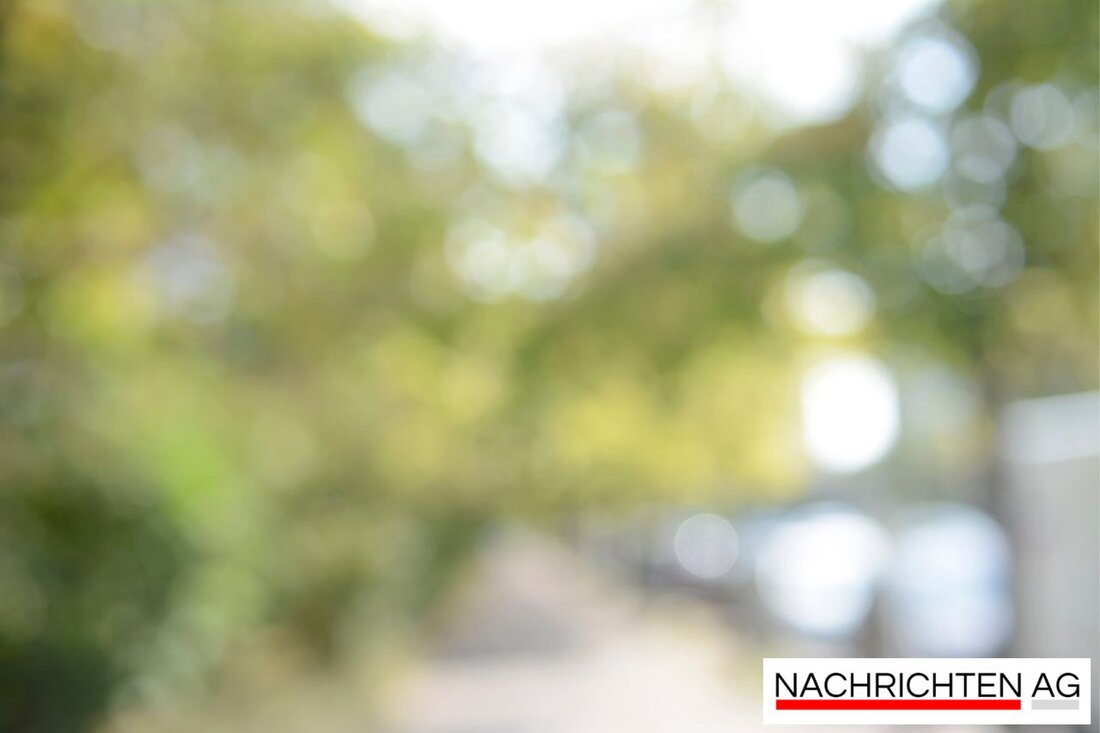Cranach paintings reunited after 90 years: An art crime thriller in Gotha!
After almost 90 years, Germany brings together fragments of Cranach's "Salome" in the Ducal Museum in Gotha - art history comes to life.

Cranach paintings reunited after 90 years: An art crime thriller in Gotha!
An important art treasure has come together again after almost a century of separation. The Gotha Cultural Foundation has managed to buy back a fragment of a painting by Lucas Cranach the Elder depicting the biblical scene of Salome with the head of John the Baptist. The impressive work, which was created around 1530, was sawn up in 1937 to make it easier to sell. The upper fragment was long lost and only resurfaced in 2024 after an auction in Paris, while the lower fragment, which was restored in 2015, is already on display in Gotha. Finestresullarte describes how the two parts now hang together in the Ducal Museum in Gotha, even if the cut is from back then remains visible.
The purchase of the upper fragment was made for 144,000 euros, which represents a good deal since the estimated value was between 80,000 and 120,000 euros. The Gotha Cultural Foundation received financial support from private donors in order to successfully participate in the auction. As MDR reports, preliminary negotiations with the owners before the auction failed, so the foundation bid independently. Despite the efforts, it remains unclear whether the fragments will actually be reunited into a complete image in the future, as various factors, including changes in the background, could make this difficult.
Art history and restoration
The painting came to Gotha as the dowry of Duchess Elisabeth Sophie von Altenburg and has been part of the Friedenstein Castle collections since 1644. Especially in the 1920s and 1930s, many art treasures were sold by museums during economically difficult times. The sawing campaign in 1937 shows how art was also viewed as a commodity. Young art historians and restorers are committed to documenting the history of these works and restoring them professionally. One of the early pioneers of professional restoration in Germany was Johann Jakob Schlesinger, who worked at the Royal Restoration Studio in Berlin from 1824 and played a key role in establishing the standards for restoration. Blog Restaurateurs reports on the development of the profession and its high esteem as early as the 19th century.
Prof. Gunnar Heydenreich examined the returned fragment in detail and determined that it was in need of restoration. A comprehensive restoration of the entire painting is planned for 2026. For those interested, the Ducal Museum Gotha is offering a public tour of the Old German Hall on September 4, 2025, while a lecture on the authenticity of the painting is scheduled for October 17, 2025. These events ensure that the history and cultural value of this reunited work remains in the public eye.

 Suche
Suche